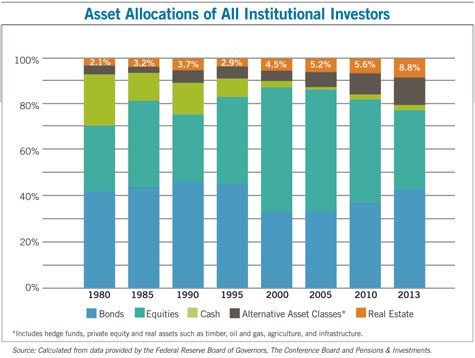[ad_1]
This article is part of a regular series on thought leadership from some of the more influential ETF strategists in the money management industry. Today’s article is by Corey Hoffstein, co-founder and chief investment strategist of Boston-based Newfound Research.
You may ask, “Is it possible to create an asset allocation that has never lost money over rolling six-month periods?”
Sure, just about anything is possible if we torture the data enough. Whether it is meaningful or not is another question entirely.
Yet there may be interesting lessons to learn in such an exercise. If, for example, an investor knows they plan on buying a house in five years and will need to put $100,000 down, how might they consider investing that $100,000 today?
One answer is to construct our own indexed annuity by purchasing $100,000 of five-year U.S. Treasuries at par value and investing the coupons into six-month call options on the S&P 500. Barring a default in the U.S. government, this would provide $100,000 at maturity and allow participation in U.S. equity growth.
For investors less interested in an engineered solution and more interested in a simple asset allocation, we may be able to turn to history as a guide.
Specifically, using a cross section of asset classes going back to 1974, we can construct portfolios that maximize annualized returns subject to a constraint that the portfolio never has an end-of-period drawdown.
For example, we can construct a portfolio that would maximize full-period returns subject to the constraint that it never had a loss in any rolling 12-month period.

For a larger view, please click on the image above.
What would such a portfolio look like for a three-month horizon? A 12-month horizon? A five-year horizon? Before looking at the results plotted below, picture in your mind the general stock/bond mix you imagine would have historically satisfied these constraints. What allocation to stocks could you hold in order to not lose money over a rolling given length of time?

For a larger view, please click on the image above.
What we see on the left end of the graph is the allocation for portfolios that seek to maximize returns subject to not having any losses over short rolling periods. If your horizon is less than 10 months, you’re probably best served by simply investing all your capital in 30-day U.S. Treasury bills. This is unsurprising: the cost of certainty is opportunity.
In the middle of the graph we see that a three-year (36-month) rolling period introduces small-cap equities into the mix, offset by exposures to precious metals, intermediate-term U.S. Treasuries and long-term U.S. Treasuries.
Finally, at the far end of the graph, we see the portfolio is dominated (approximately 57%) by exposure to small-cap equities, with the remainder being invested in long-term U.S. Treasuries (approximately 27%) and precious metals (approximately 16%).
While the left end of the graph seems rather intuitive, the right end of the graph deserves a curious raise of our eyebrows. If you built a portfolio that was 60% small-cap, 30% long-term U.S. Treasuries and 10% precious metals, how certain would you feel that you would at least have your starting capital back five years from today?
[ad_2]
Source link

